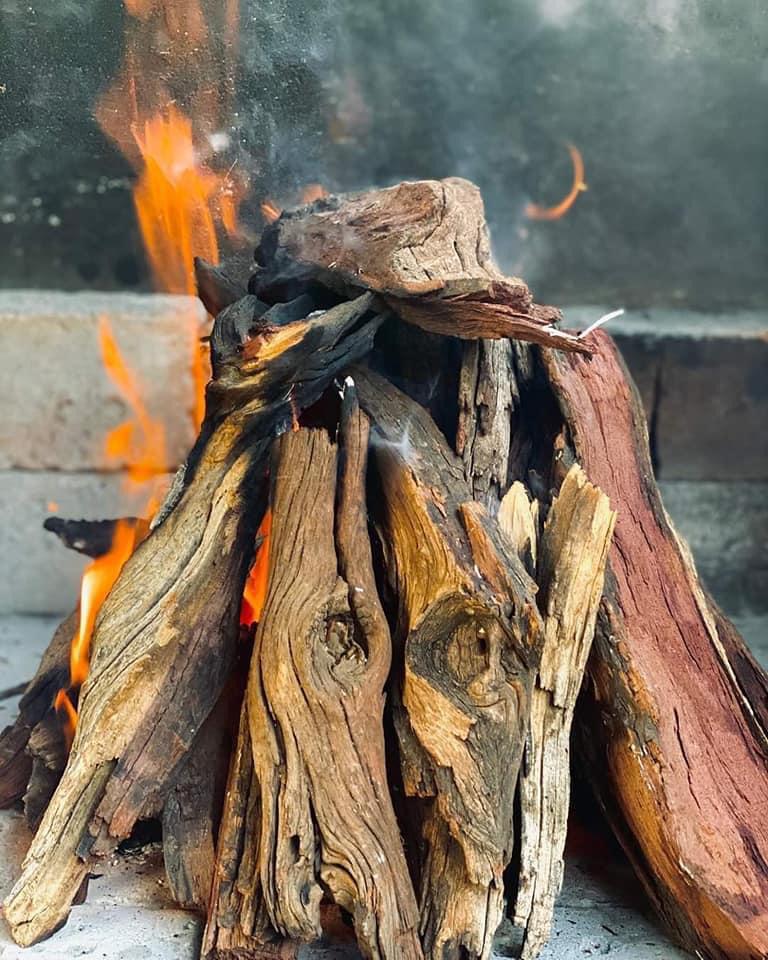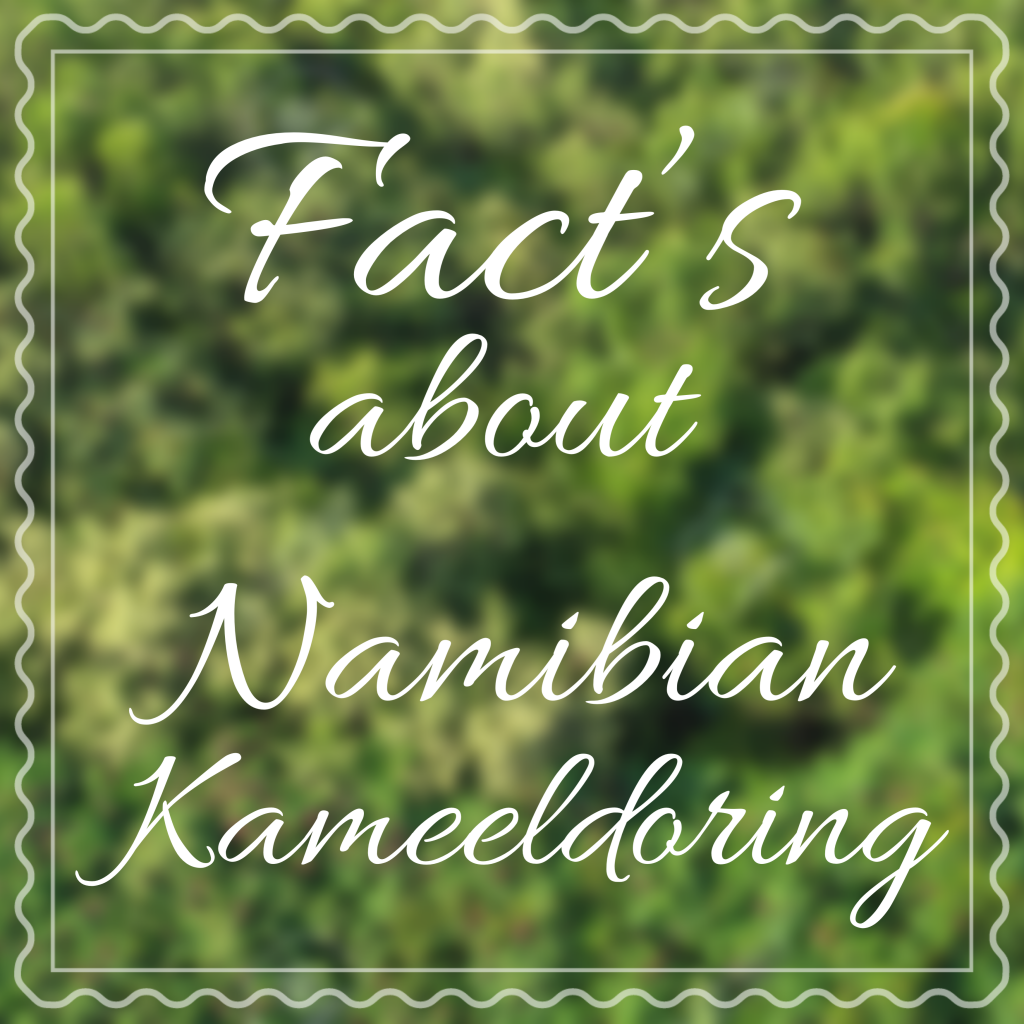
Namibian Kameeldoring/Camelthorn (Acacia erioloba)
This species is protected, and not allowed to be harvested when still alive or transported without any legal permits. Permits may be shown on request per truck load.
The wood sold at “Men with Wood” are legal and their density is within the lawful requirements, as we only harvest dead trees which is legal.
- Burns longer than most woods and since the coals last longer, there’s time to braai your food and still enjoy the ambiance of the fire as well.
- Kameeldoring has a red/orange flame.
Size of wood pieces may differ in each bag.
Once you’ve got this fire on the go, expect to spend the rest of your evening being ‘transported’ to the bushveld, as the wonderful wild smell of this wood drifts across the air.
Kameeldoring or camelthorn wood is another hardwood and due to its density is considered an Iron Wood. Kameeldoring has a density of 936 kg per m3.
Fun Facts about the Kameeldoring Tree
- Mostly found in South Africa, Botswana, Zimbabwe and Namibia
- Preferred habitat: Deep dry sandy soil
- Produces hardly no smoke
- Musky fragrance

Namibian Kameeldoring (Vachellia erioloba)
Plants of the genus Alhagi are also sometimes called camelthorns or camel thorns
Vachellia erioloba (camel thorn, giraffe thorn, or Kameeldoring in Afrikaans), still more commonly known as Acacia erioloba, is a tree of southern Africa in the family Fabaceae. Its preferred habitat is the deep dry sandy soils in parts of South Africa, Botswana, the western areas of Zimbabwe and Namibia. The camel thorn is a protected tree in South Africa.
The tree can grow up to 20 metres high. It is slow-growing, very hardy to drought and fairly frost-resistant. The light-grey colored thorns reflect sunlight, and the bipinnate leaves close when it is hot. The wood is dark reddish-brown in colour and extremely dense and strong. It is good for fires, which leads to widespread clearing of dead trees and the felling of healthy trees.[citation needed] It produces ear-shaped pods, favoured by many herbivores including cattle. The seeds can be roasted and used as a substitute for coffee beans.
The name ‘camel thorn’ refers to the fact that giraffe (kameelperd in Afrikaans) commonly feed on the leaves with their specially-adapted tongue and lips that can avoid the thorns. The scientific name ‘erioloba’ means “wooly lobe”, a reference to the ear-shaped pods.

Vachellia erioloba tree in the Namib Desert

Vachellia erioloba Seeds still on the Tree.
